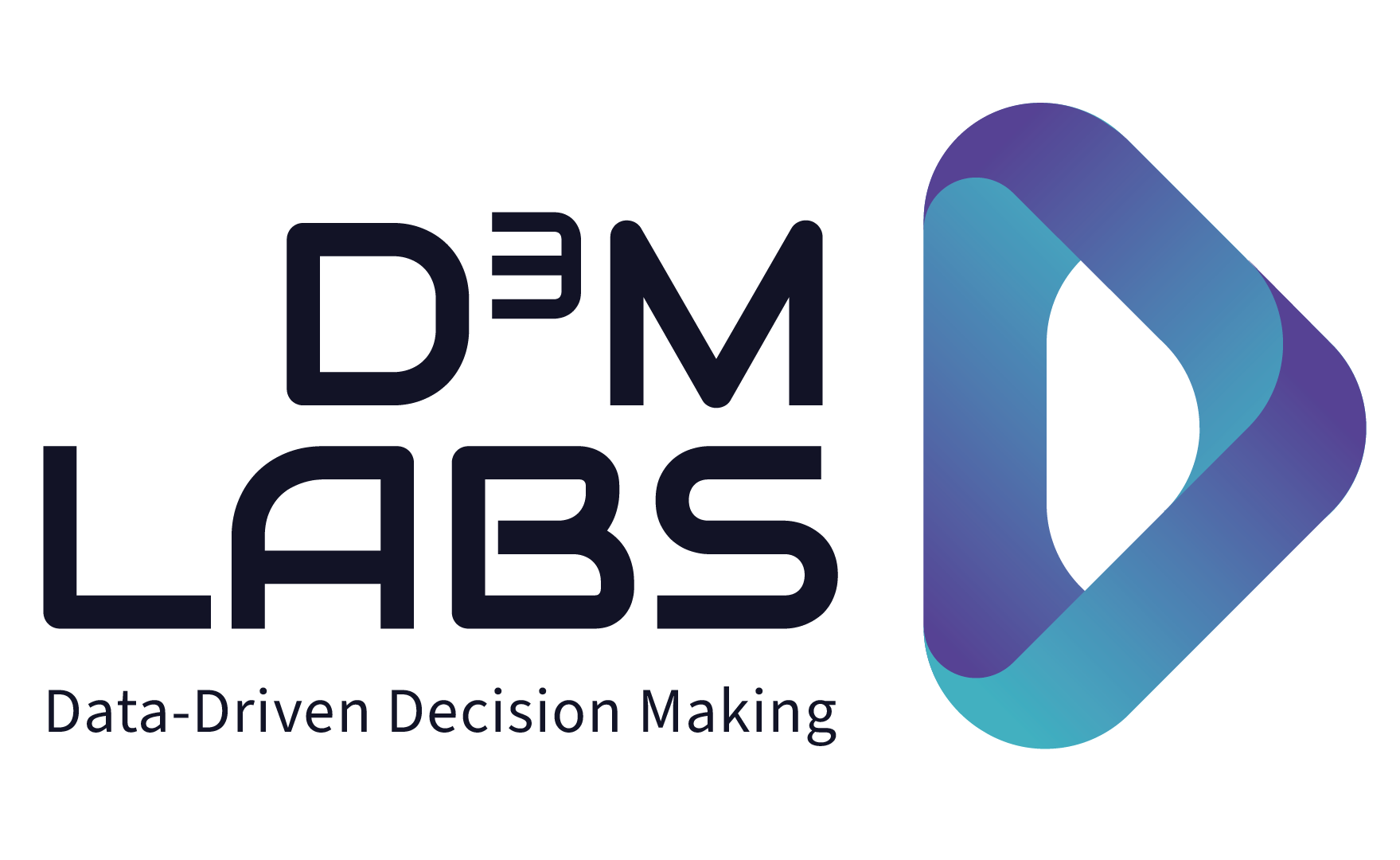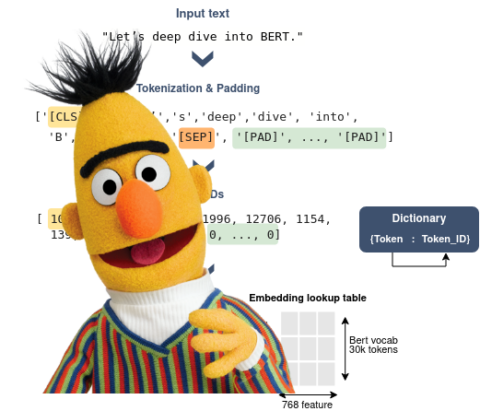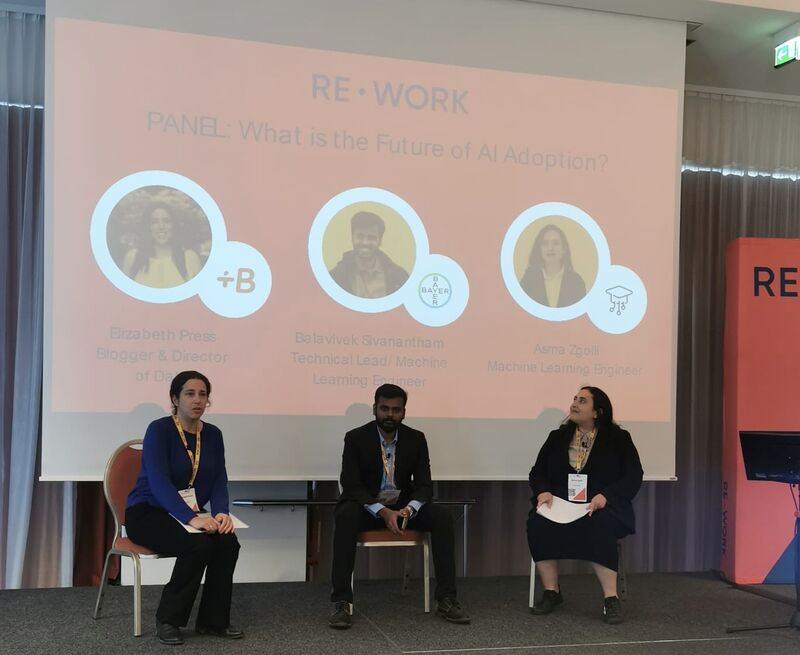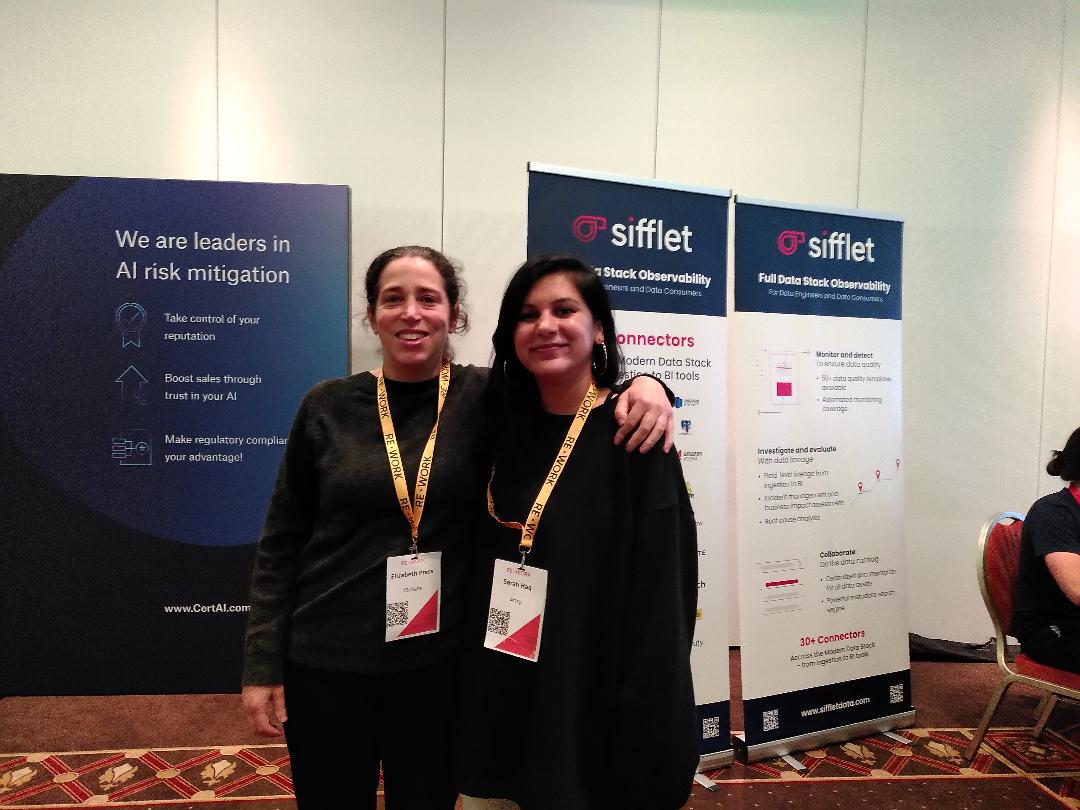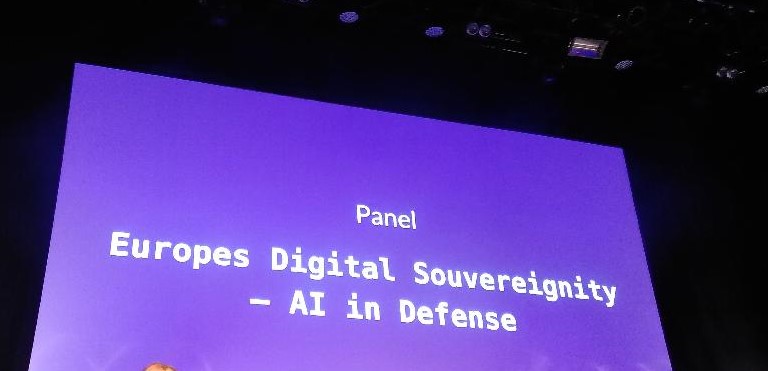Kategorie: AI use case
What is the Future of AI Development & Deployment?
🔮 Generative AI is going to change the world….🔮until you take some practicalities into account. We had a great time talking about the „Future of the Development and Deployment of AI,“ organized by D3M Labs and hosted by SPICED Academy with Elizabeth Press, M. Murat Ardag, Ph.D. and Samantha Edds. M. Murat Ardag, Ph.D, a Data Scientist and Political Psychologist, presented his study utilizing the Stack Overflow 2023 Annual Developer Survey.
Exploring BERT: Feature extraction & Fine-tuning
Natural language processing (NLP) is a set of techniques that aim to interpret and analyze human languages. By using it in more complex pipelines, we can solve predictive analytics tasks and extract valuable insights from unstructured text data.
A major breakthrough was made in the field of NLP by the introduction of transformers, which paved the way for large language models (LLMs) and generative AI research (e.g. BERT, BART, GPT).
In this article, we walk through different concepts of NLP. In the first section, we summarize the architecture of transformers and highlight its core concepts, such as the attention mechanism. Then, in the second section, we focus on BERT, one of the most popular Transformer-based LLMs, and we present examples of how it is used in data science applications.
Why creatives in advertising should embrace data science and data mining – an interview with Les Guessing
Contextualizing our world with data, part 1: Advertising. Les Guessing has a high school degree (barely) but has managed to find great success as an Emmy Winning Copywriter / Creative Director in Los Angeles (and beyond) in advertising – the marketing arm of Capitalism. Over the last 10 years, he has become hellbent on using data/Data Science/Machine Learning and aspects of Artificial Intelligence (especially NLP, Natural Language Processing) to make advertising creative more insightful, more efficient, more impactful, and funnier. He explains why creatives should work with data because. Among other reasons, the creative mindset enables them to look at data and see something from an entirely different perspective than data people.
Contextualizing our world with data, a D3M Labs Series
Contextualizing our world with data. A four part D3M Labs series about how communications professionals use data. Writing and other forms of communications might be art, however, technology is the means by which thoughts, news, images, etc. are conveyed, stored, measured and iterated. The impact can range from branding and connecting with customers and prospects, to reporting about world events.
Launching a human understandable data pipeline in times of war – and interview with Dmytro Zhuk
Automating the ETL process using deep learning and semantic data type detection is never easy, especially in the midst of war. One year after Russia’s invasion of Ukraine, Dmytro Zhuk, founder and CTO of Datuum.ai talked to Elizabeth Press from D3M Labs about his experiences as a family man and an entrepreneur in Kharkiv. He also shares his vision and hopes for the future.
The prevalence of AI and importance of engaging in dialogue
AI is becoming omnipresent in our lives and is shaping our world. Thus wider public involvement in determining how AI is designed and used is important for society. Understanding AI and getting involved in how it is applied and governed might seem daunting, but Varsh Anilkumar offers some ways to get involved and learn about AI.
Why the public needs to know more about AI – An interview with Varsh Anilkumar
AI is still magical to many people. Is that a major obstacle to AI adoption? Varshith H Anilkumar talked to myself and the D3M Labs community about what can be done to create a more AI-aware public and how that will help decrease bias and improve innovation.
What is the Future of AI Adoption?
This article summarizes the main takeaways as discussed in the panel „What is the future of AI adoption?“ at Rework’s Enterprise AI Summit in Berlin.
My top takeaways from the Berlin AI Summit: Understand the problem and don’t neglect operations.
The major challenges to AI implementation are often mind-set based rather than technical. Problems in production and implementation of AI often stem from organizations‘ and practitioners‘ lack of ability and/or desire to thoroughly scope out and define the problem they are trying to solve. Consequently, they often don’t select the right tools, capabilities and processes to implement successfully. Organizations can also negelct operations (such as MLOps), which are important for work efficacy and scale.
AI can help defend European freedom
A child of the Cold War, I grew up hearing stories and learning deeply about World War 2. Much of my youth was spent pondering the new and old-world order. For that reason, I found the panel at the Data Festival in Munich inspiring. I hope it inspired others in the tech scene to support the use of data in defending European freedom.
